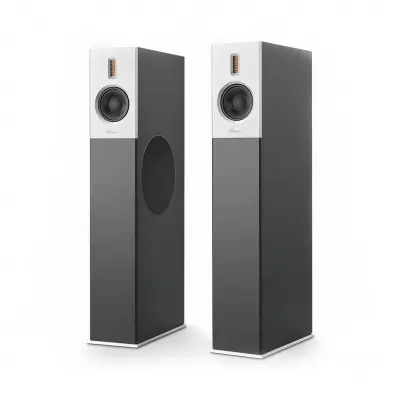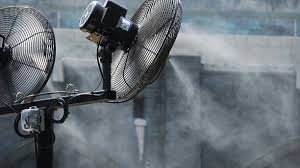
Curators of audio think in scenes. They picture a queue at the door, a first step inside, a path to the counter, a pause at a table. Each moment wants its own energy. Music with too much low end can slow movement. A bright mix can keep lines tidy but tire guests in ten minutes. Care sits in the middle. It shapes a path without shouting. That balance begins with the sources and with the way they meet the room.
The room always answers back. Glass scatters, brick rings, heavy fabric drinks the tail of a note. Before a single playlist loads, teams walk the floor and clap, talk, and listen for the places where sound pools or thins. They sketch zones and decide where speech must stay clear and where music can stretch. Then they choose the tools to make that plan real.
Commercial audio speakers touch the air first. Their job seems obvious, yet the craft lives in pattern control, mounting height, and gentle alignment with the building. A well placed cabinet paints a calm field where words carry and cymbals do not sting. Set too high or turned too wide, the same box splashes sound into corners and turns detail into haze. The difference is not magic. It is geometry, time, and care.
Processing provides the second layer. Equalisers trim narrow problems so the rest can breathe. Crossovers divide tasks so each driver works in its best range. Limiters guard against peaks that tire ears and staff. Delays bring distant zones into time with the front. These tools cannot rescue poor placement, but they keep a good layout honest during busy hours.
Music choice comes next. A lunch crowd needs light rhythm and fast fades so conversations stay nimble. Early evening might ask for broader tone and slower decay. Night might lean warmer. Schedules move in small steps rather than leaps. Listeners accept change when the transitions feel human. A quiet 30 seconds between lists can reset the room better than any crossfade.
People respond to what they hear, often without noticing it. If the bed sits just above the chatter, voices drop and faces relax. If the bed rises, the room chases it, and fatigue follows. Managers track average levels by zone and set targets for different times of day. Entrances earn a small lift to mark arrival. Corridors prefer clear mids so directions sound natural. Toilets need less bass so doors do not thump.
Staff need simple control. A locked screen with three scenes works better than a maze of sliders. Open, peak, close. The system can read the crowd and make gentle corrections in the background. A handful of mics listen to reflections and trim a band here, add a touch there. The changes feel quiet, yet they keep tone steady while service moves fast.
With commercial audio speakers chosen for the plan rather than the brand, budgets stretch further. A café can achieve poise with compact ceiling units and careful tuning. A tasting room can keep detail present at low levels. A sports bar can keep commentary clear at tables while music stays wide in standing areas. The art lives in fit, not force.
If the aim is atmosphere, hardware should not steal the scene. With commercial audio speakers positioned to suit the architecture, the building gains a voice that supports the brand without wearing a mask. Visitors feel guided, not pushed. They stay present with the moment because nothing jars or nags.
This is the art: sound that serves purpose. The track list matters, yet the map matters more. When placement, processing, and pacing work together, the space carries meaning at a comfortable level. Guests remember the mood, not the machinery. And that is the mark of a system designed to be heard and not noticed.






